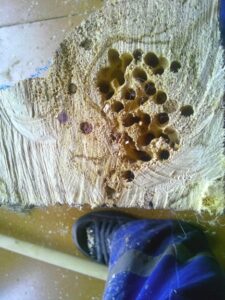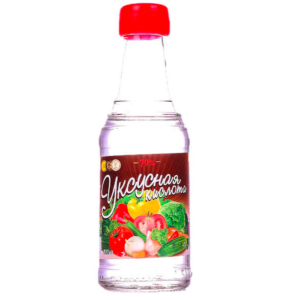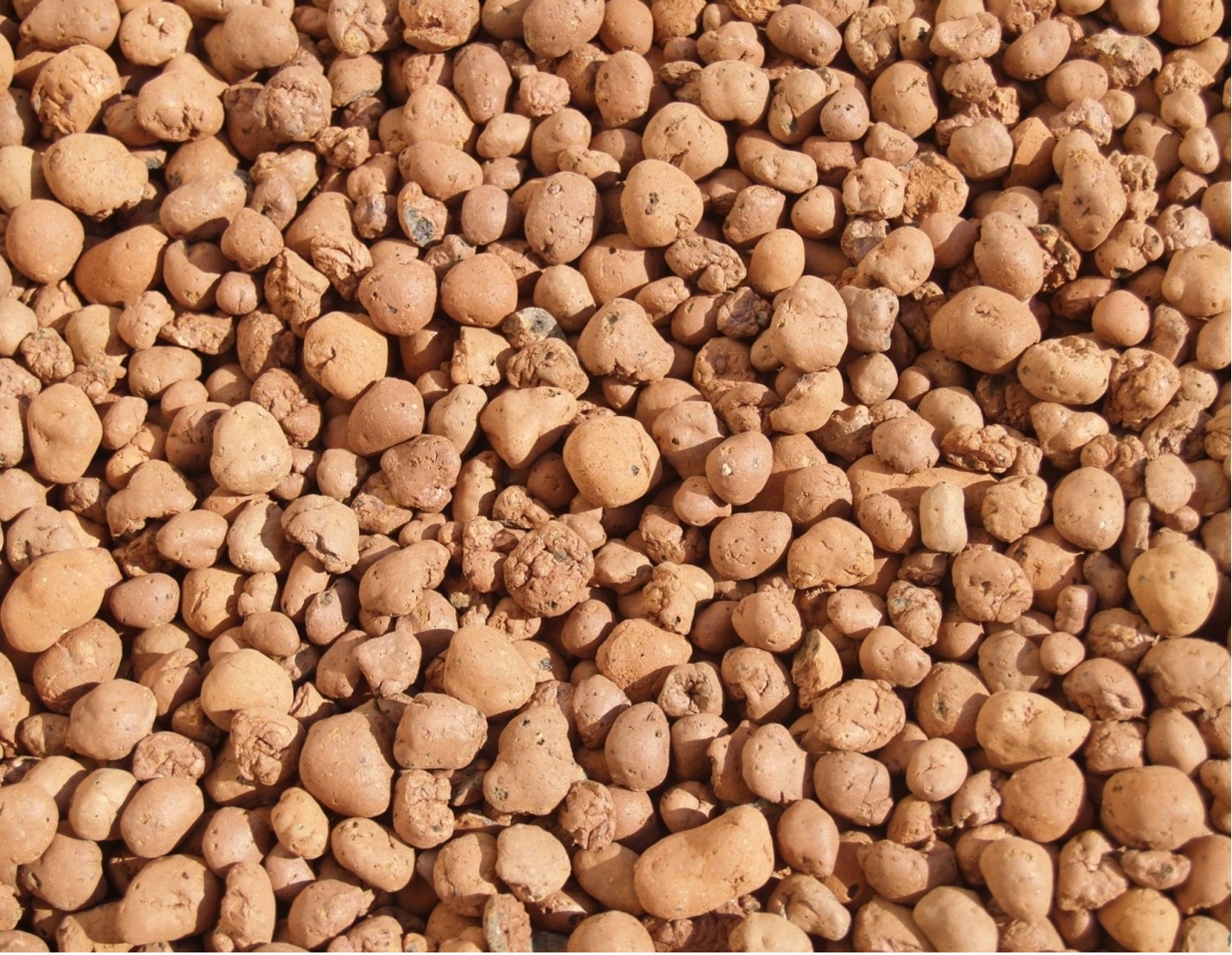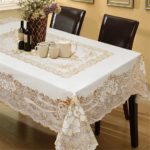Penoplex and ants: how to protect insulation, how to treat it
Penoplex and ants can be the source of the problem. Insects do not eat insulation materials, but use them as a habitat, since a suitable microclimate is created inside the numerous cavities in winter. How to get rid of pests in just a few days is described in detail in the presented article.
The content of the article
Do ants grow in penoplex?
Ants can actually grow in polystyrene foam, just like in polystyrene foam, as well as in other materials with a porous structure. The fact is that these types of insulation have many internal cavities, inside which insects make passages, creating a kind of anthill. However, do not think that polystyrene foam and ants are a problem, since the latter feed on the material.
In fact, only natural organic residues are eaten by insects. These can be both plants and other insects. Ants lead a predatory lifestyle and collectively attack various prey, even much larger than the size of an individual representative. Therefore, there is no need to doubt whether ants eat penoplex. In fact, it does not serve them as food, although it performs a number of other important functions:
- retains heat, which is especially important in winter;
- contains a sufficient amount of air due to internal cavities;
- does not increase humidity and thus protects against mold, fungi and bacteria;
- allows you to reliably hide in numerous passages and avoid external danger.

It turns out that the insulation creates a suitable microclimate in which you can spend the entire winter until the onset of warm days. That is why the question arises of how to treat penoplex against ants. For this purpose, both professional and folk remedies are used. Moreover, it is worth understanding that not only ants grow in the foam, but also other pests (insects and mammals):
- beetles;
- mice;
- midges;
- rats.
Professional products
There is no need to think about whether ants grow in penoplex. There are several reasons for this, described above. It is more important to understand how to deal with pests. First of all, it is better to use professional drugs, which are highly effective and quite affordable.
Muratsid
One of the options for protecting penoplex from ants is to use the drug “Muracid”. It is available in the form of an aqueous concentrated emulsion in 10 ml bottles. Consumption is minimal - only 1 ml per 10 liters of water. This volume can be reduced, for example, by 10 times. Then literally 4 drops of the drug should be added to 1 liter of water (use a pipette).
The solution is poured into a sprayer and the material is completely processed. It is known that ants do not eat penoplex, but they can live there in entire colonies. Therefore, it is important to spray not only the affected areas, but also those where there are no signs of pests.
Grom-2
If there are ants in the penoplex, you can fight them with the help of the Thunder-2 insecticide. The drug is produced in the form of granules, which are sprinkled along the path of insects.It can be evenly distributed in the space between the walls so that pests touch the substances with their paws.

Thanks to this, they infect the entire colony, and complete death occurs within 5 days. The maximum protective period is 3 months, after which treatment must be done again. Or you can completely replace the material, knowing in which insulation ants do not live. In this sense, foam concrete, ecowool, foam glass and expanded clay are safe. But each of them has its own pros and cons that need to be studied before making a final decision.
a great warrior
Penoplex and insects are a known problem that many residents have encountered. To solve it, you can carry out preventive treatment with the drug “Great Warrior”. This is a gel that contains two active ingredients: diazinon and chlorpyrifos. Typically, the product is used against cockroaches, although it can also be used in the fight against ants.
The gel is sold in a convenient tube, from which it can be easily squeezed out in a small stream and distributed in areas of accumulation. One syringe is enough to treat a room of up to 60 m2. In order for the protection of penoplex from ants to be as effective as possible, it is important to apply the composition to hard-to-reach places.
Fas Double
Another effective insecticide that can be used against ants and other insects is:
- cockroaches;
- fleas;
- bedbugs;
- flies;
- ticks.
It consists of 2 active ingredients - cypermethrin and boric acid, which is also used in its pure form as a folk remedy. The drug is produced in the form of a gray or white powder. One package of 100 g is enough to treat a room of up to 100 m2. It is important to open the windows during processing.
Folk remedies
The truth is that penoplex and ants create a problem for many residents, since insects often overwinter in this and other insulation. If you don’t have an insecticide at hand, you can try folk remedies:
- vinegar essence – 300 ml per 2 liters of water;
- wood ash, lime and crushed tree bark in equal quantities;
- ash and salt solution (6 tablespoons per 1 liter of boiling water);
- a decoction of tops of tomatoes, potatoes or peppers - the stronger the better;
- ants in insulation can be defeated with regular cinnamon (in powder form);
- garlic is a crushed pulp of cloves and leaves.

Basic preventive measures
Now it’s clear how to treat penoplex against ants and mice. To do this, use store-bought drugs and folk remedies. But don’t think that one spray will be enough. In fact, treatments should be carried out regularly - every 2-3 months. And in order to prevent another invasion, it is recommended to take several preventive measures:
- Cover the material with concrete or tin plate.
- Lay only high-quality slabs - hard material without signs of damage.
- Design the construction of a house on a strip foundation.
- Before laying, treat penoplex with a solution of blue copper sulfate.
- Coat the slabs with paint - one coat is enough.
Thus, insects infest penoplex and other insulation materials, for example, eps and ants; polystyrene foam is also a source of the problem. To cope with it, it is advisable to use insecticides, because folk remedies are not always effective. But it’s even better to paint the slabs or cover them with tin in advance to prevent pests from accessing them.




